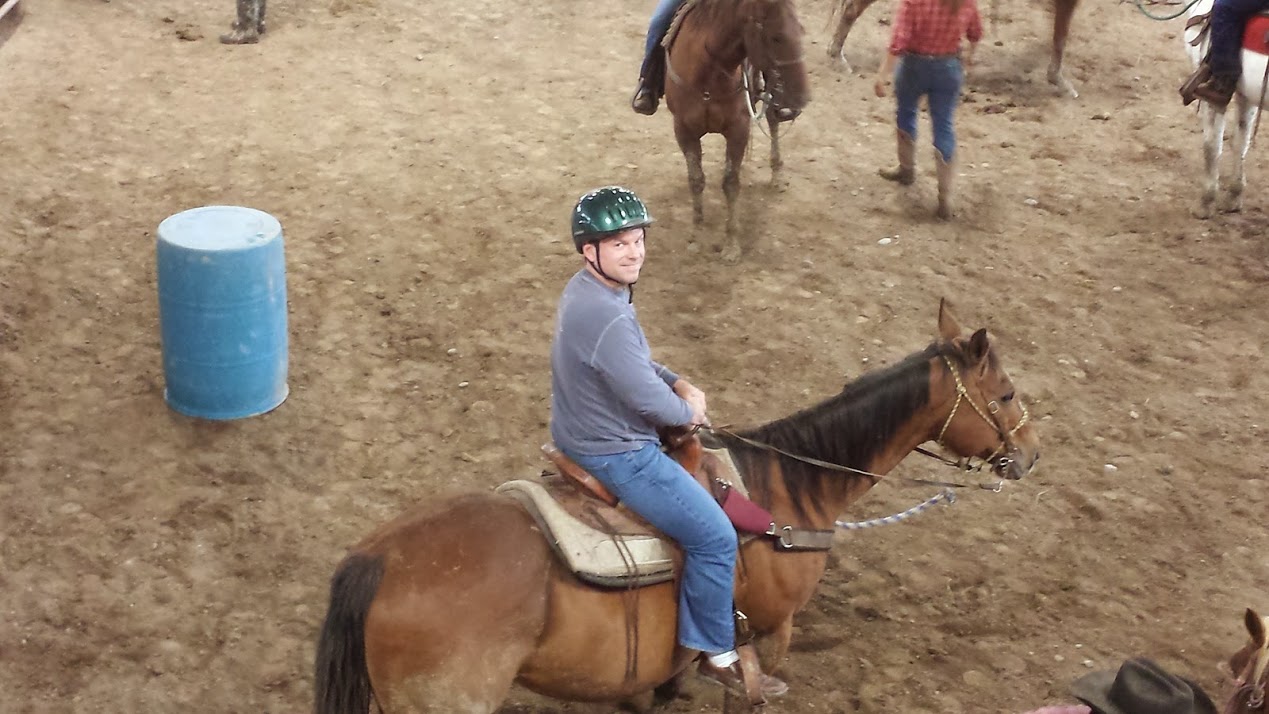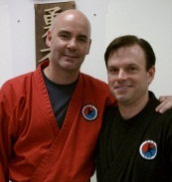How Do Your Stirrups Feel?
Earlier this summer my family spent a few days on a guest ranch in Montana. We went horseback riding, did skeet shooting, square dancing, and archery. It was a blast.
My favorite activity at the ranch was learning rodeo skills on horseback — penning cattle and running various obstacle courses around poles and barrels.
After one of my rides through the barrel course, I felt pretty good. I had navigated the course successfully. Not bad for a city slicker.
As soon as I finished, one of the wranglers, a young man who grew up riding horses and now competes professionally in rodeos, walked across the corral towards me.
“How do your stirrups feel?” he asked.
My response, and the key lesson here:
“How should they feel?”
I have next to zero experience riding horses and I don’t own cowboy boots. Prior to this vacation, the last time I was on a horse was about fifteen years ago.
I fully acknowledge that I had no idea what I’m doing and more importantly, I’m not embarrassed about it.
I have no idea how to properly adjust a saddle and stirrups.
When I looked down at my stirrups, I realized that I couldn’t see them clearly, and more importantly, I couldn’t see them from his perspective — not just from his vantage point, but with the expertise he brought to the situation.
He knew what he was doing and could see what I could not see.
The wrangler adjusted the stirrups, raising them just a few centimeters, and explained how my feet should feel in the stirrups when I was riding.
Then I rode the course again. It was a substantial improvement. I had way more control of the horse and moved much faster.
So what does this have to do with your business?
A lot.
The biggest risk you face as a CEO or entrepreneur is that you don’t know what you don’t know and the corollary, you can’t really see yourself as others can.
Especially when you start something new.
And let’s face it, something new is where all the growth opportunity lies for you and your company, not in doing more of the same thing.
Yet when you start something new, you can’t see your own stirrups, and you have no idea what they should feel like.
For example, if you are an entrepreneur, how do your business development conversations with new customers feel?
Or, if you are a CEO, how do your new market development and expansion initiatives feel?
The temptation is to say “fine, they feel fine,” and keep wearing the mask that tries to convey the image that you are calm, cool, collected and know what you are doing. But you don’t.
This is a very subtle point. It’s not that you are necessarily doing something wrong, although it is possible that you are making critical errors. The issue is that you are not aware of what is fully possible and therefore you are placing real constraints on your growth and performance.
The key is to ask “How should they feel?”
This perspective is a learning perspective. It is a perspective of “what’s possible.” It’s a recognition that in any field of performance, if you feel strain or stress or tension, you are probably not doing things properly and definitely not at the highest level. Consider a golf swing, or yoga, or playing piano.
It is also a perspective of joyful exploration and messiness. When a baby learns to crawl, the baby is not embarrassed that it flops around and struggles and grunts. It just persistently moves towards the object of desire.
The more you feel the need to look like you know what you are doing, the more likely you will stay where you are. This isn’t necessarily a bad place. You may be doing just fine. But doing just fine is not the same as growth.
When I started my business ten years ago, I knew how to do the work.
I just didn’t know how to build a business around the work.
I tried to maintain the illusion that I knew what I was doing. It almost ruined my business and my marriage. The story is now famously told in Steve Chandler’s book Wealth Warrior and here on my website. Fortunately I made a decision to learn what I needed to learn.
There is a bit of karmic irony here as well. Most likely, your entire business concept and value proposition is based on providing expertise to your clients in a certain area in the form of a product or service. You know a lot about cloud computing, or statistical research, or supply chain, or marketing, or project management — and the client doesn’t. You provide value because you can see or do what they can’t. Specialized knowledge forms the entire basis for mutually beneficial exchange.
You are asking your potential client to invest with you to get access to the knowledge they do not have. Yet at the same time you are fearful of investing in the same thing for yourself — for fear of looking like you don’t know what you are doing. This dynamic inhibits the very growth you are seeking.
For a CEO, this dynamic is even more profound, because an entire organization’s future is at stake. Yet in order to grow, the culture must be willing to admit that it needs to learn.
What if you were willing to really submit to an outside perspective, and ask “how should my stirrups feel?”
What would be possible for you?





